When you are shopping for new windshield wiper blades, you will probably notice that winter blades will be an option. What is the difference between this style and regular ones? We took a deep dive into wiper blades to bring you the answer.
The primary difference between regular wiper blades and winter blades is the protective layer of rubber on the winter blades. This protective layer makes winter blades more impervious to freezing in place.
Now that we know the primary difference between the two styles of windshield wiper blades, we'll break down each of the differences for you. You might also be wondering if you really need snow wiper blades or what the best method is to remove ice from your windshield. For the answers to these questions and more, read ahead in this post to see what our research has uncovered.
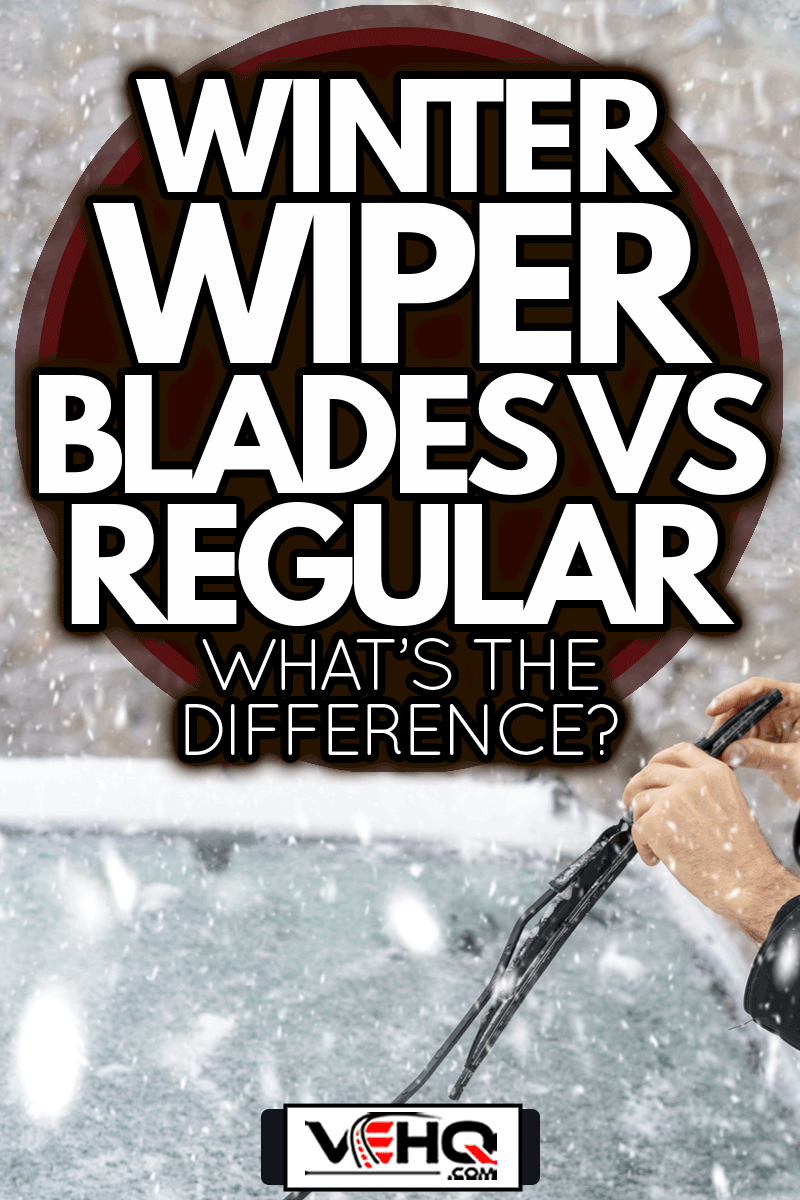
The Difference Between Winter Wiper Blades And Regular Blades
Windshield wiper blades work to remove moisture from your windshield. While in most cases this pertains to rain, there will be times that you might need to wipe away sleet, snow, and ice from the glass. No matter what the source of the moisture, you'll need the right wiper blade for the job.
As we mentioned, there is a protective layer of rubber on the winter wiper blade. This rubber will not allow the blade to freeze in place as easily as a summer blade. When it comes to wiping away snow and ice, this is essential.
Another significant difference between the two blade types is the weights. Summer blades will not be nearly as heavy. Rain is fairly light and can be removed without a lot of force. But snow and ice are much heavier substances and will require more force to effectively remove.
Can You Use Winter Blades In The Summer?
Snow wiper blades are essential if you live or drive in an area that gets snow or ice. If the temperature often drops below freezing part of the year, these blades are a lot more effective at working with your defrosting windshield.
Though they will be effective in the summer, it is not necessary to equip your vehicles with them. The added cost isn't worth a benefit that you don't need.
It's only recommended to have them if you get snow or ice events where you live. And if you live in a place where your car's windshield frosts over during the winter, you'll find these blades pretty handy.
These blades tend to cost a little more. But if you use summer blades on snow and ice, you'll find that they won't last very long. The cost of replacing summer blades from unnecessary winter wear is far less than the cost of a single pair of winter wiper blades.
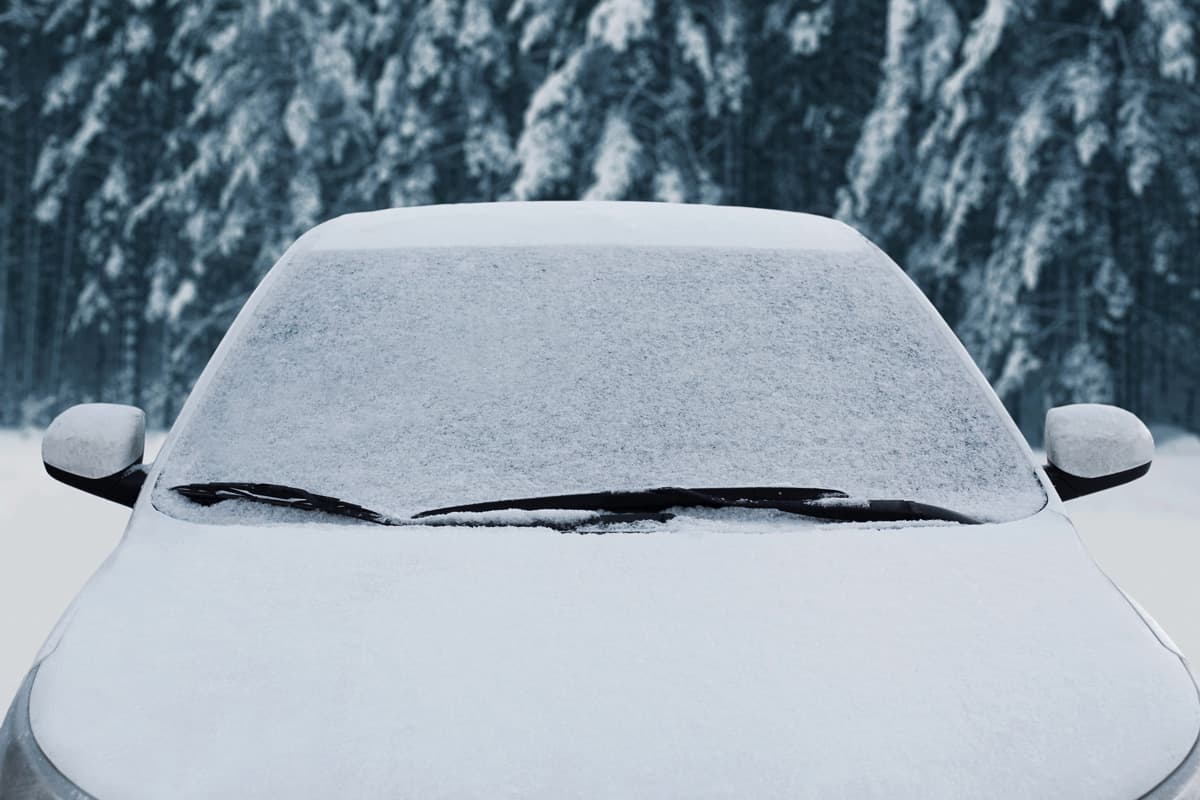
How Do I Get Ice Off My Windshield?
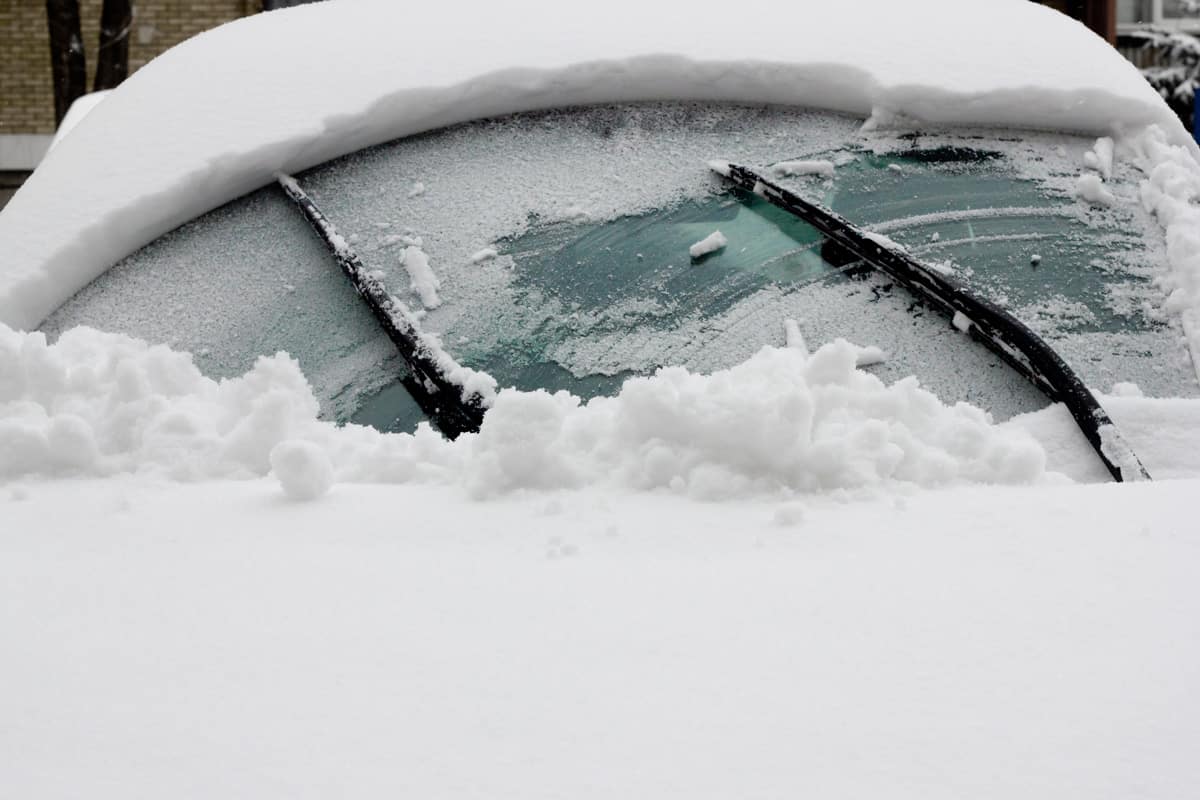
Not all of us can park in a garage and out of the elements. For those whose vehicles get the brunt of the winter weather, you'll want a method to best remove snow and ice from the windshield.
We've compiled some tips that will make this task easier.
Use A Brush
Snow and ice are often together. Keep a snow brush handy in the trunk or storage area of your vehicle. This should be used to brush away all the snow. As soon as the snow is off the glass, then you can begin to remove the frost or ice.
Keep in mind that you should use the brush on the side mirrors. Then, use the brush to take the snow off the driver and passenger windows. Don't forget the rear window!
Start Your Car
Before you begin, start up your car. Remote starts are great for this, as it saves you from going out into the cold to do it. But not all vehicles have this handy feature.
After you start your engine, put the defroster on full blast. If you have a rear defroster, now is the time to turn it on.
As the defroster heats your windows, the snow and/or ice will melt as you work. Generally, you won't even have to scrape your rear window much if it has a rear defroster inside the glass.
Employ A Sturdy Scraper
Ice scrapers come in all shapes and sizes. Avoid getting a cheap one. Small ones work well in a pinch and are great for the second set of hands that might be helping you.
But to get the job done quickly and efficiently, you'll want a long, sturdy scraper. Many come attached to a snow brush. These longer scrapers give you better leverage, making snow removal a lot easier.
Remove ALL The Snow
It should be obvious, but you need to get rid of ALL the snow from your vehicle. Removing the snow from the windows will help you see. But you need to get the snow off other parts of your vehicle as well.
Brush the snow off of your headlights, taillights, and brake lights. Remove all snow from the hood of your vehicle. Deep snow will eventually blow back on your windshield while you drive, so be sure to brush it off.
Additionally, snow that is left here will partially melt and become a sheet of ice when it refreezes. This sheet will fall off, possibly obstructing the view of the person driving behind you.
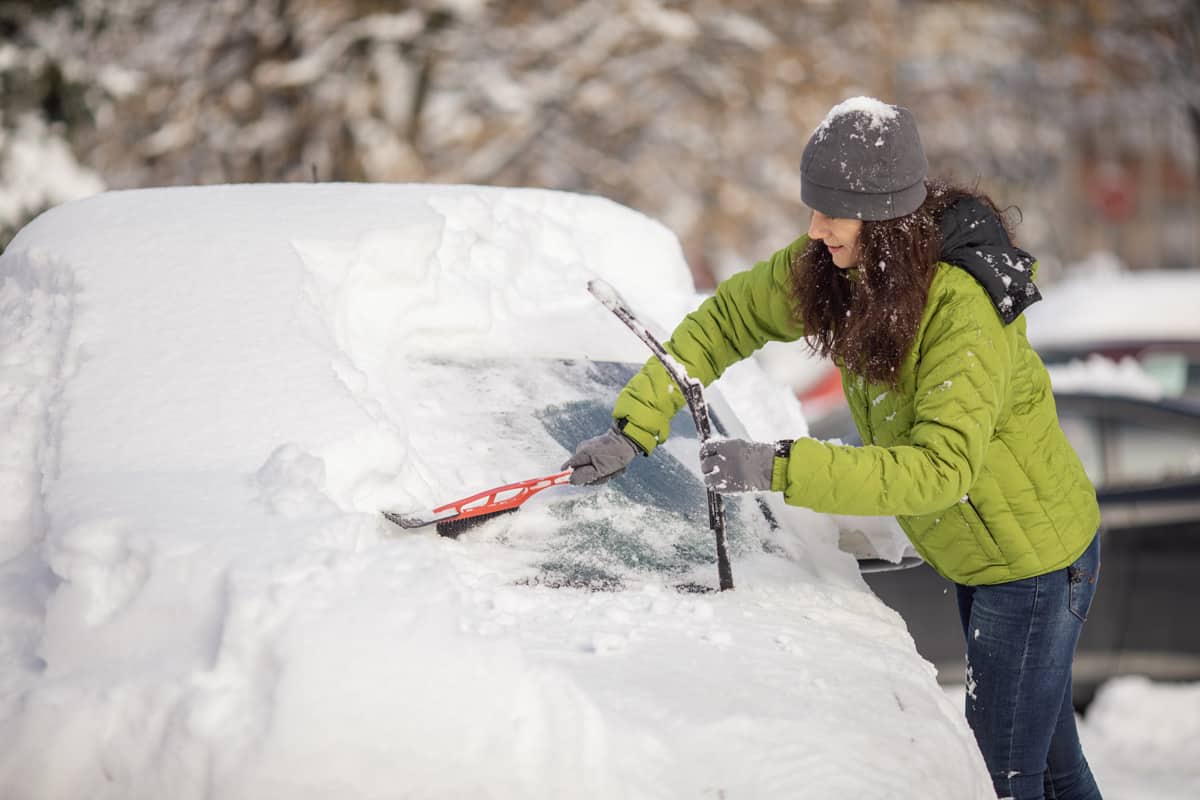
Consider Cardboard
If you think you are going to experience a weather event with snow, ice, or sleet, you can protect your windshield from it ahead of time. Use a piece of cardboard under your windshield wiper blades. This will catch most of the elements instead of letting them accumulate on the glass.
When you are ready to drive, remove the cardboard. If it was secured in place while it was precipitating, there will be a minimal amount to remove from your windshield. While it won't keep the elements off your hood, roof, or side windows, it sure does save a large part of what you have to scrape.
Keep this cardboard in the trunk for further use. It can be easily folded and stowed out of the way. Just don't forget to shake off the snow and ice first.
Can I Pour Hot Water On My Frozen Windshield?
You might be tempted to grab some hot water to rush the thawing process. Though this might sound like a good idea, there are some things you should take into consideration.
Windshield glass is pretty tough. But it still has its limitations. The windshield will be well below freezing when snow and ice have accumulated on it. Dumping hot water on the surface will cause a fast temperature change.
Anyone who remembers physical science class from high school might recall an experiment that showed what happens to glass when it undergoes fast surface temperature changes. It can crack! And if you have any pits or existing cracks in the glass, this will certainly make them worse.
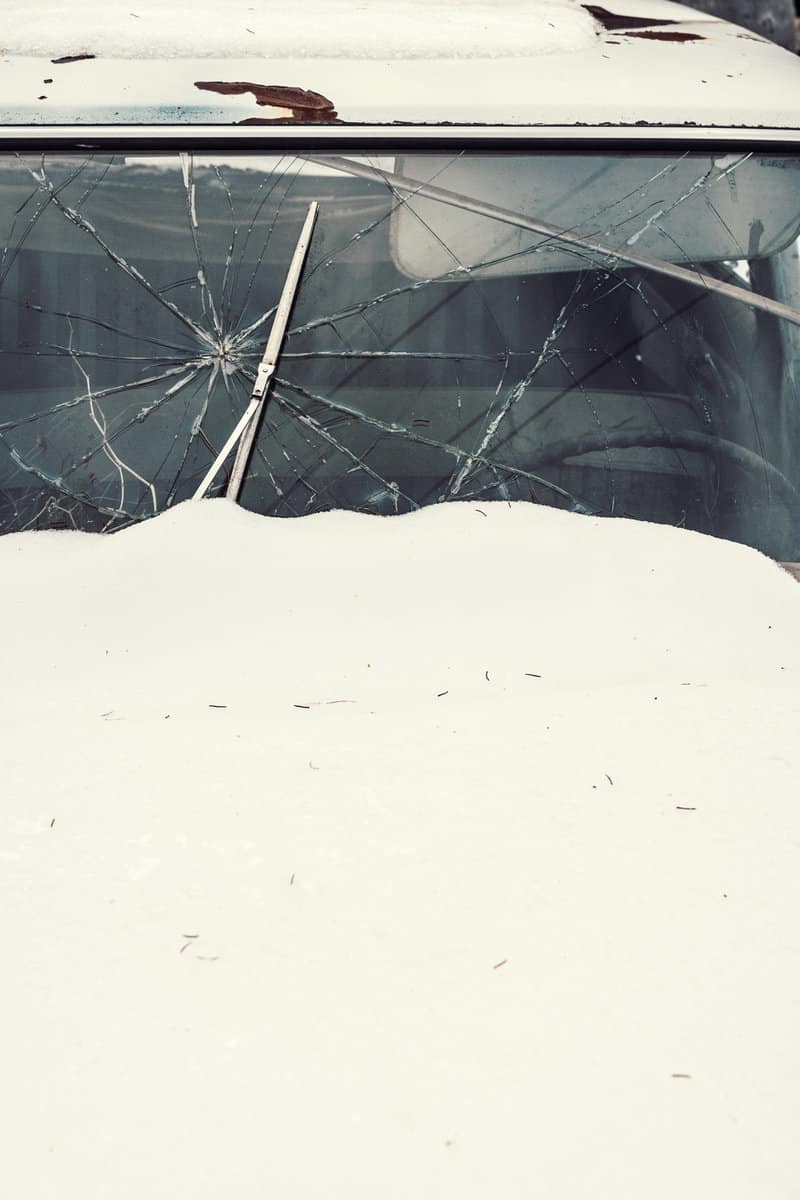
Final Thoughts
Winter windshield wipers are heavier than their summer blade counterparts and also have a sturdy layer of protective rubber on them to prevent sticking. These blades are recommended for anyone who lives in an area that gets snow, ice, or sleet or who might get frost on their windshield.
Take certain precautions when removing snow and ice from your vehicle, and don't attempt any shortcuts that might damage your glass. Drive safe!
We hope this post on windshield wiper blades answered all of your questions. For additional helpful information, we suggest reading the following posts:
What Are The Best Wiper Blades For Winter?
